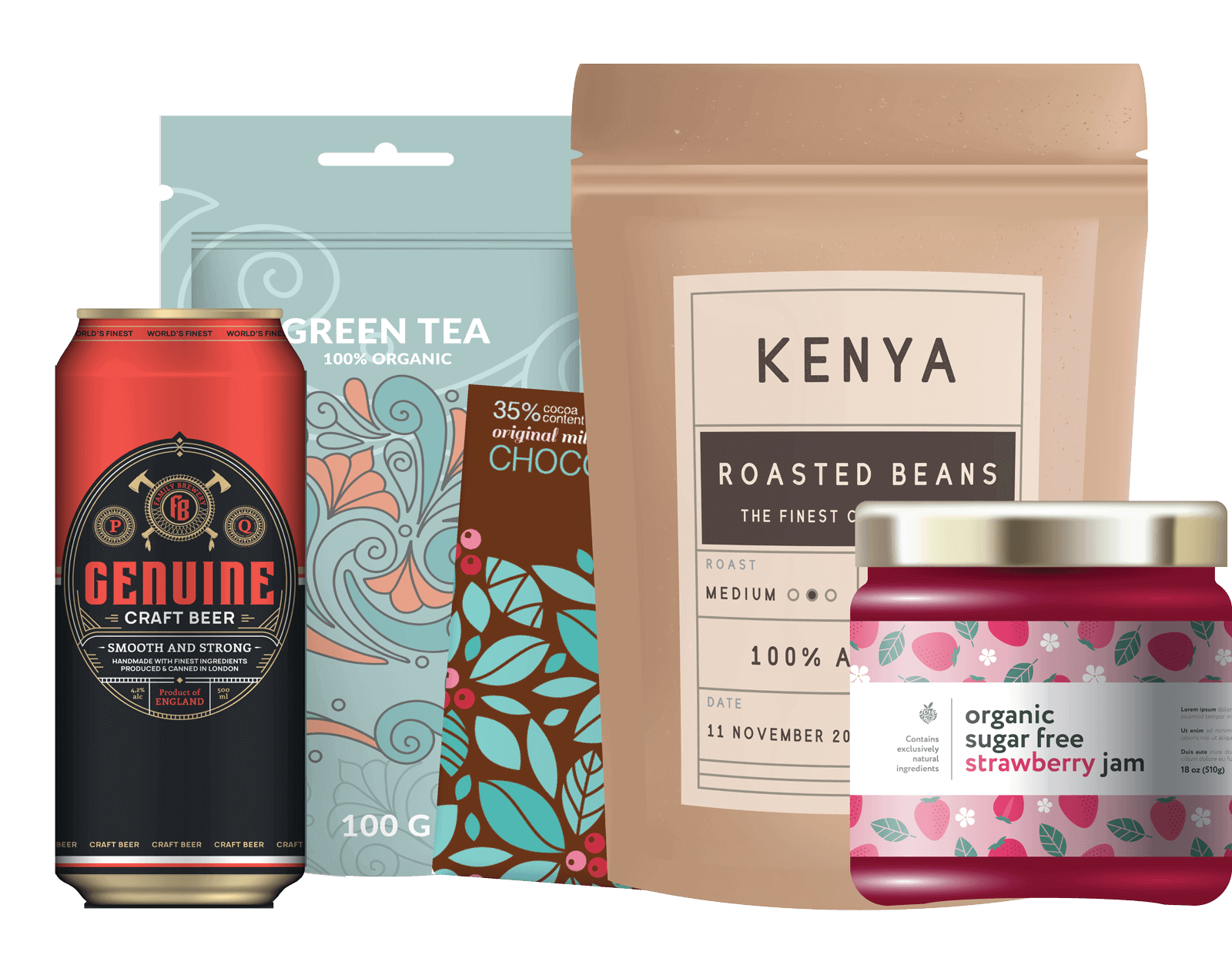Packaging For Plastic Bottles
Plastic bottles are defined as a plastic container that has a body bigger in diameter than the opening. While this may seem like a limiting definition, there are many different types of plastic bottles, including the following:
– Cylinder bottles
– Foam pump bottles
– Spice bottles
– Honey bottles
– Spray bottles
– Industrial round bottles
– Modern bottles with a raised edge around the base and shoulder
– Boston round bottles with squeezable sides and rounded base and shoulder
– Dairy round bottles
– Dairy jug bottles
– Diamond bottles with squeezable sides
– Twin neck bottles (usually used for medical, pet, agricultural or animal products
– F-style bottles (usually used for industrial or chemical uses, such as gas, anti-freeze or oil)
– Packer bottles (usually used for vitamins or other pharmaceutical purposes)
– Cosmo bottles with squeezable sides and with or without dispensing lids (usually used for cosmetics)
– Custom bottle packaging
Types of Plastic Bottle Packaging
Along with many different styles, shapes and sizes for plastic bottles, there are several available materials available for plastic bottle packaging.
– Polyethylene Terephthalate (PETE or PET)
Typically used for household products, PET is found in many bottles and jars such as peanut butter jars, beverage bottles and medicine bottles. PET is easy to recycle and is commonly used to create new materials from recycled ones.
– High-Density Polyethylene (HDPE)
HDPE is easy to recycle, often utilized for motor oil, soap, milk, bleach, shampoo and conditioner or other home products.
– Low-Density Polyethylene (LDPE)
LDPE is a flexible, durable type of plastic commonly used for squeezable bottles and industrial bottles. This plastic is not accepted for recycling in all areas or regions.
– Polypropylene (PP)
PP is a strong plastic that can withstand high temperatures. It is commonly used for food items such as prescription bottles, syrup and other liquids or solids. Some regions accept PP for recycling but others do not.
– Polycarbonate/Polylactide (Other)
This type of plastic is not easily recycled. It is commonly used for industrial or commercial items as well as baby bottles, water bottles and medical bottles.
Plastic Bottle Packaging Industries
The most common industries for plastic bottles are food, beverage, health, beauty, household, garden, automotive, industrial, vitamin and pharmaceutical.
Regardless of the industry, almost any company can benefit from custom plastic bottle packaging design. Custom design ensures the bottle and closure is specific to the product and work effectively. Moreover, some product packaging and closures must meet federal or state regulations.
Beyond meeting expectations, custom plastic bottle packaging can give companies an edge in a competitive market. Consumers react well to new and unique packaging as well as eco-friendly products and packaging.
An innovative design can also help consumers link a product to the brand in their mind, increasing the odds that the consumer will reach for that brand and that product in the future as well.
Bottle Packaging Design Process
The process for designing custom bottle packaging is both simple and complex. It starts with a hand-drawn image of the desired bottle and closure, eventually translated into a CAD drawing. Once any adjustments or modifications are made, a 3D model is produced to see the final product in real time without actually starting the manufacturing process. This saves time and money because the 3D model ensures satisfaction with the product before manufacturing begins.
M. Jacob & Sons
M. Jacob & Sons is a packaging solutions company with over 125 years of experience in the packaging industry. The company started as a bottle exchange business by Max Jacobs in 1885 and continues to specialize in bottle design and labeling.

